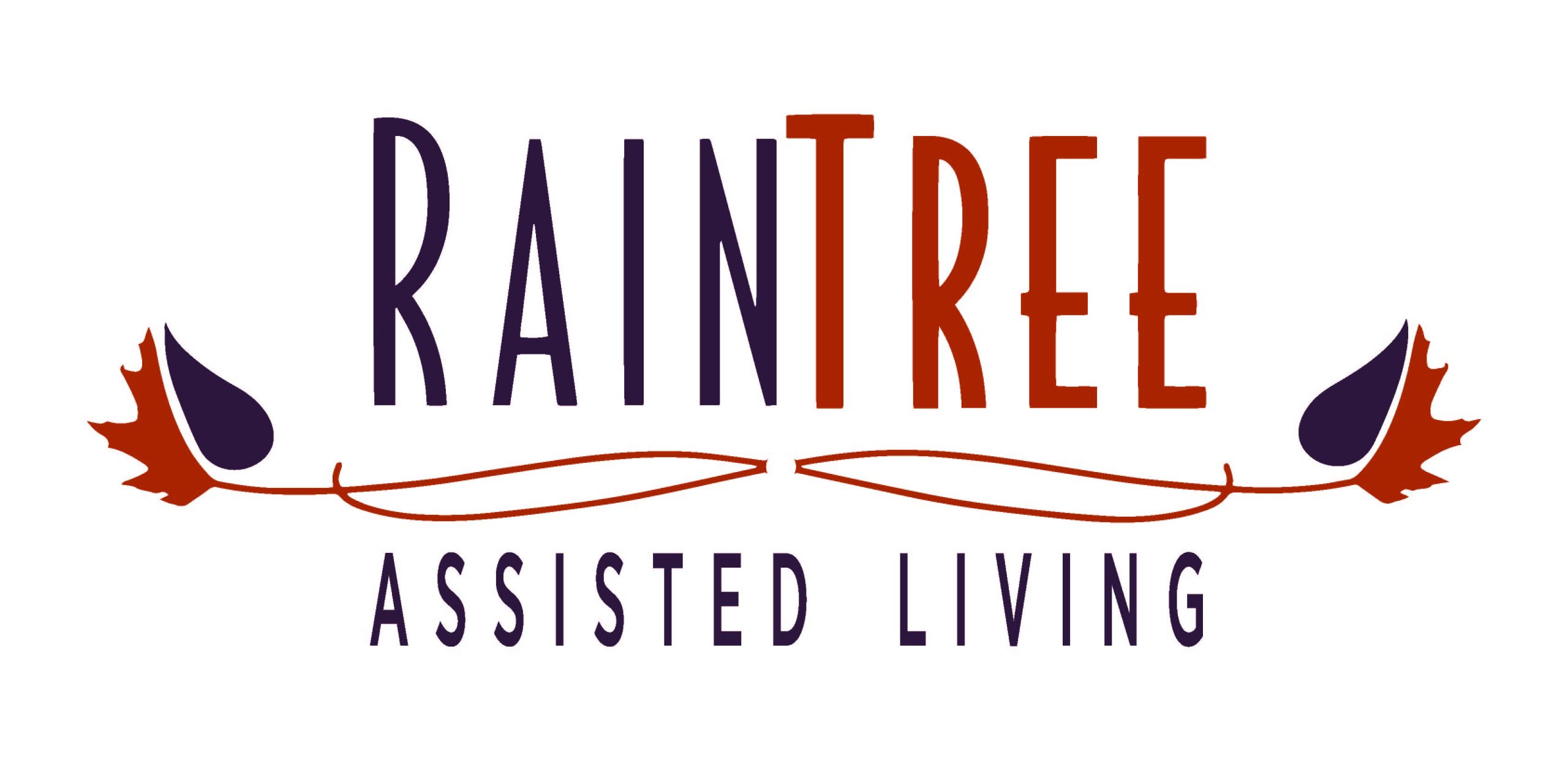Does Medicaid Pay for Assisted Living?

Donna’s Story
Barbara brought her mom, Donna, in to tour Sunridge (which is a sister company to Raintree Assisted Living). They fell in love with our community and wanted to move in right away. When wondering how she was ever going to afford the benefits of Assisted Living on a fixed income with a small savings, she started to worry.
The question most often asked when inquiring about cost of an Assisted Living “what if I spend my entire savings account, then what? Do you kick me out?” This validated concern is a realistic fear among the Senior population. Being on fixed incomes with only their savings and possible assets to pay for the rest of their lives can present instability to say the least. We don’t know the true length of our lives, therefore she feared that the future would hold a shared room at a local skilled nursing facility when all assets and savings have dissipated.
I did my best to calm Donna and her daughter explaining that Utah State Medicaid, not to be confused with Medicare (federal funding for health insurance) has a program called the New Choices Waiver. This program is designed to keep Seniors in their Assisted Living where they have made a home.
The New Choices Waiver is a slot program with a quarterly open enrollment. 32 slots each enrollment period is given to our Assisted Living residents based on time spent in their Assisted Living. We are told by the State of Utah, average length of stay before approved is approximately 2 years.
Donna worried that she may not have the funds to pay private in Assisted Living for a full 2 years. In this case, I explained that a qualifying nursing home stay for 90 days is required. She would need to qualify for long term Medicaid in order to apply for the New Choices Waiver this route. Her doctor would need to write an order to admit to a skilled nursing facility. During that stay, the social worker will assist in the application process for Medicaid. Once approved for Medicaid another application for the New Choices Waiver is completed. Once the 90 day waiting period is over, Donna would be able to move out on the first of the following month to an assisted living.
The final way to qualify for the New Choices waiver entails a 30 day stay at a Rehab facility following an acute injury or surgery requiring skilled nursing and rehabilitation. This qualification does require diligent and organized applications to both Medicaid as well as the New Choices Waiver. If this occurs immediate attention from the discharge planner at the rehab facility needs to happen to ensure applications are timely.
I assured Donna that with diligence in applying during the right time and qualifying she didn’t need to worry about spending her savings and then not having the means to afford Assisted Living.
Donna left Sunridge, that day to look at her assets. She and her daughter returned to Sunridge a week later with a budget to maintain to keep enough money to be able to stay for the required length of time to apply for the Waiver. They decided to choose a studio apartment to reserve her assets and she is mindful of the time she needs to pay privately in order to qualify for the New Choices Waiver when the time comes.

